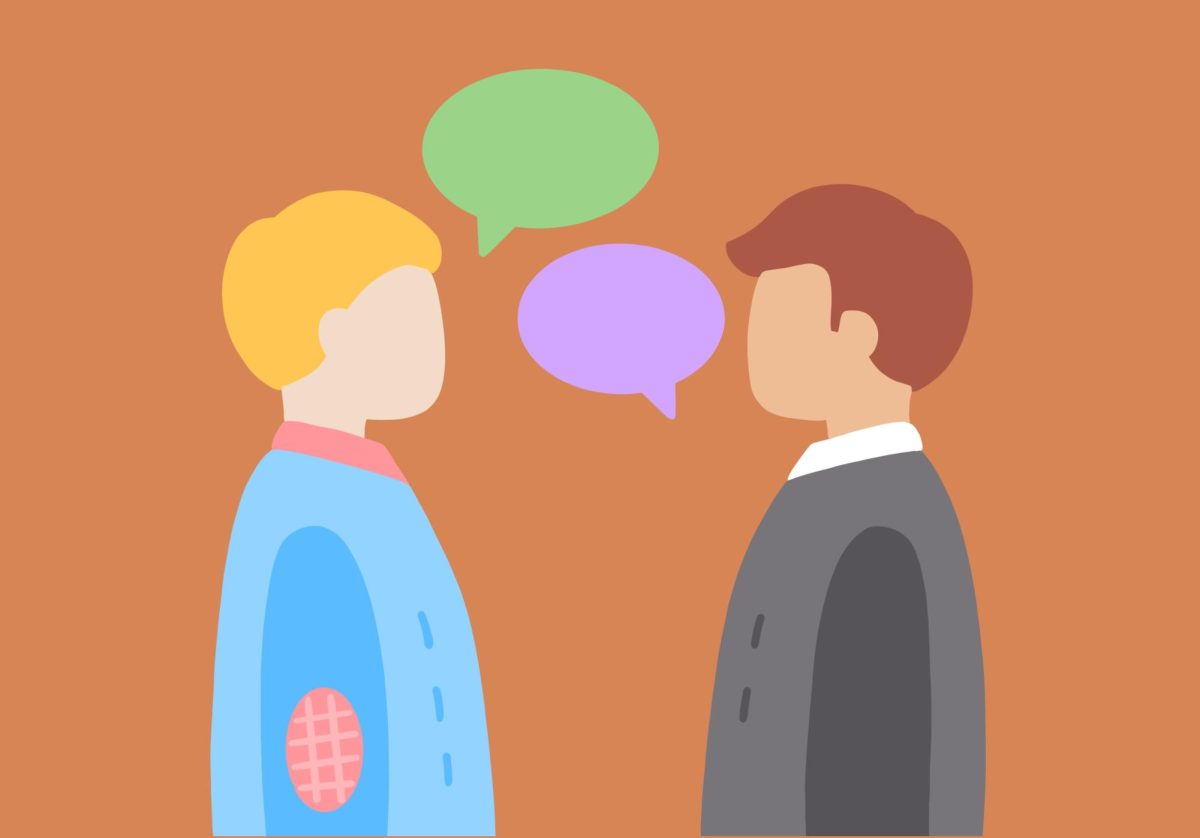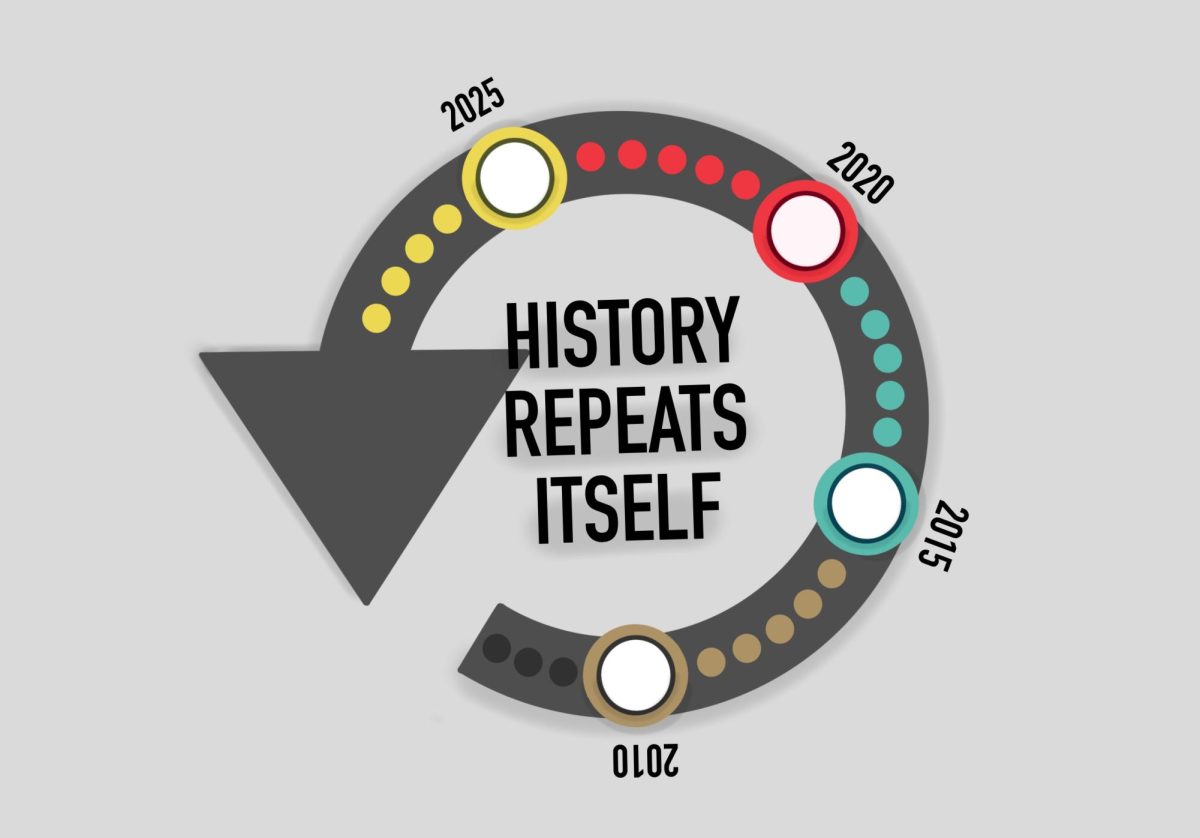Pornography is available more than ever, even accessible on cell phones. Once exciting and chic, pornography seems like a mundane topic to many of us, a mere tool individuals use for entertainment and sexual release, and as an enhancement to their relationships. Porn stars have celebrity status, appearing in music videos and selling best-selling books, and modest estimates suggest that Americans spend more than $10 billion a year on pornography in its various forms. Porn is so mainstream that the only time we hear about it on the news is when a child pornography ring is busted. Pornography has an established place in college-age discourse as well.
Should we care? One can hardly question pornography these days without being accused of prudery or puritanism. But even if we decide that pornography is not sinful, we have ample reason to remove it from our lives.
Feminist scholars Andrea Dworkin, Catharine MacKinnon and Melinda Vadas have argued that pornography objectifies and degrades women. One of the most powerful points in their work is that pornography teaches and reinforces unhealthy sexual norms and behavior.
This suggestion prompts the question: What exactly do we learn from pornography? Movies like “Deep Throat” have taught us about novel sex acts and a plethora of others have introduced role-playing into mainstream sexuality. Broadening individuals’ sexual horizons doesn’t seem so bad, and this is why many sex therapists prescribe pornography to couples with lackluster sex lives. But these are hardly the only messages pornography sends.
In her book “Pornified: How Pornography is Transforming Our Lives, Our Relationships and Our Families,” journalist Pamela Paul maintains that pornography is problematic because it shows sex entirely divorced from relationships between individuals. The performers in porn showcase what it is to be a sexual object to one another, valued for the size of their sex organs and breasts, their stamina and ability to bring each other to mind-blowing orgasms.
In writing her book, Paul interviewed hundreds of people. One respondent suggested that he was able to compartmentalize porn in his life, saying, “In porn, women are objects and I see them that way. But if I met those women in real life I wouldn’t see them like that.” Interestingly enough, others did notice effects saying, “I find that when I’m out at a party or bar, I catch myself sizing up women … (And) I would say to myself, ‘Wait a second. This isn’t a supermarket. You shouldn’t treat her like she’s some piece of meat. Don’t pass her up just because her boobs aren’t that big.’ “
Empirical studies on the effects of pornography show that pornography viewers are not immune to its effects. In one study, groups of individuals were shown differing amounts of “hardcore” pornographic movies over a six-week period; researchers Jennings Bryant and Dolf Zillmann found that the more pornography a person viewed, the more likely that person was to overestimate the prevalence of sex acts in America, and as numerous studies on teen sexual behavior have confirmed, individuals who overestimate sexual behavior in their peers are more likely to engage in risky behaviors like unprotected sex or significantly increase their number of partners.
There are several things pornography does not teach us about sex. It never shows condom negotiation, discussion of sexually transmitted infections or other safer sex behavior and paints an entirely false picture of how one should engage in anal sex.
Interestingly, men and women exposed to greater amounts of pornography in the Bryant-Zillmann experiments were significantly less likely to want daughters at the end of the experiment. One can only conclude that these individuals did not want their daughters to be treated how women were treated in pornography. Men in the high porn watching group were less likely to support women’s causes and rights. Due to these strong effects documented by Bryant and Zillmann, it has been difficult for researchers to get approval to do further testing of pornography on people.
In “Pornified,” Paul cites a 2004 Elle-MSNBC.com poll of 15,246 Americans in which roughly 10 percent of men said that viewing online pornography caused them to worry about their ability to satisfy their partners, their ability to keep their partners sexually interested and they report feeling bad about their own bodies after watching porn. One would expect similar findings in women given the effects of advertising on their self-esteem and body image.
Pornography is clearly not the harmless form of fantasy entertainment it’s frequently made out to be. On this point, Paul remarks, “Despite its premise of relieving tension, pornography often creates tension for men, leaving them increasingly insecure (with their penis size, sexual prowess, ability to get and maintain erections, satisfy their partners, etc.).” Likewise, pornography teaches us that male ejaculation is the purpose of sex and that women should be available and willing for any activity.
Federal regulation of pornography is unlikely, especially as the adult entertainment industry acquires more and more fiscal support. We’re left to ask whether pornography is something we want in our lives. Is its role in sexual release beneficial enough to outweigh the myriad negative effects? Pornography’s effects on sexual relationships, on women and on men documented here are powerful and undeniable. For college-age men, in particular, it will be difficult to reject pornography. Let’s start with conversation and self-criticism.
Jason Ketola welcomes comments at [email protected].







